Report this entry
More from the same community-collection
Attendees at the Maud Sampson Williams ceremony El Paso, TX, March 24, 2022
Attendees at the Maud Sampson Williams ceremony El Paso, TX, ...
Attendees listen at dedication of historic marker, El Paso County Courthouse, March 24, 2022
Attendees listen at dedication of historic marker, El Paso ...
Quisa Davis, former judge, honors Maud Sampson Williams at dedication of historic marker March 24, 2022
Quisa Davis, former judge, honors Maud Sampson Williams at ...
Eva Ross and Quisa Davis at Maud Sampson Williams marker dedication March 24, 2022
Eva Ross and Ouisa Davis at Maud Sampson Williams marker ...
Attendees listen at dedication of historic marker, El Paso County Courthouse, March 24, 2022
Attendees listen at dedication of historic marker, El Paso ...
League of Women Voters, County Judge Samaniego at the dedication of historic marker, March 24, 2022
League of Women Voters, County Judge Samaniego at the dedication ...
Site of Dr. Nixon’s landmark 1924 vote at 2317 Texas Avenue
You are at Historias: El Paso's Black History, Site # ...
Beto O'Rourke gubernatorial candidate, El Paso Community Foundation, March 27, 2022
Beto O'Rourke gubernatorial candidate, El Paso Community ...
Villa Maria, homeless shelter, on cover of Loretto Magazine Spring 2014
Villa Maria, homeless shelter, on cover of Loretto Magazine ...
Historias: El Paso's Black History
The El Paso Museum of History invites the public to celebrate ...
Mary Woods Place of Residence - 200 St. Louis St. and Utah St. (now Mills and Mesa)
You are at Historias: El Paso's Black History, Site ...
Black Survival Guide, or How to Live Through a Police Riot by Hank Willis Thomas
The past is always present. It is not always visible, but ...
Black Survival Guide, or How to Live Through a Police Riot by Hank Willis Thomas
The past is always present. It is not always visible, but ...
Black Survival Guide, or How to Live Through a Police Riot by Hank Willis Thomas
The past is always present. It is not always visible, but ...







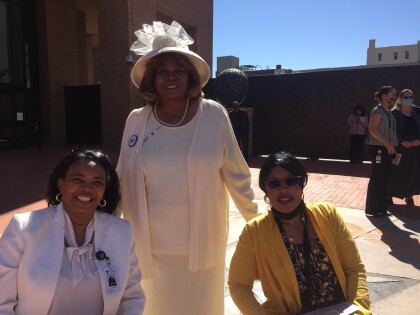
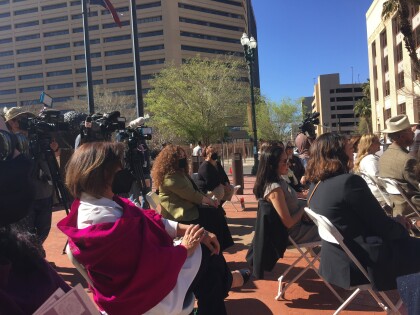
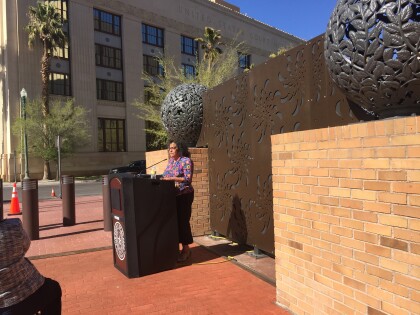
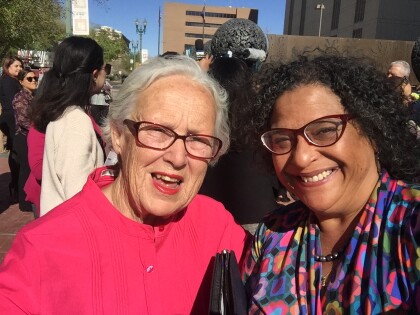

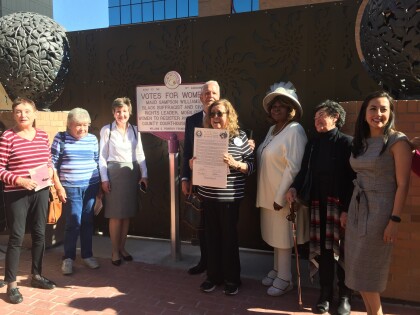
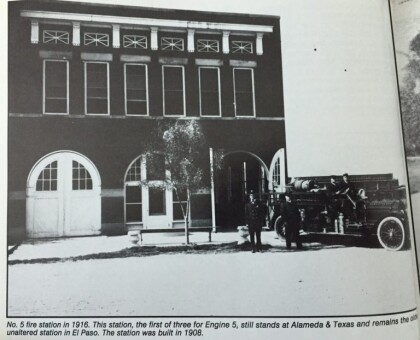
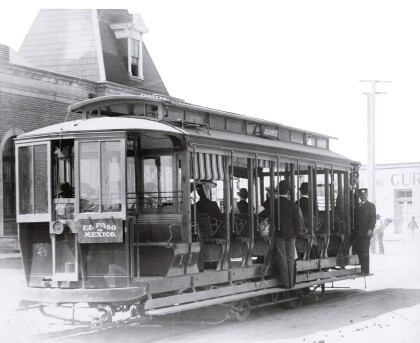
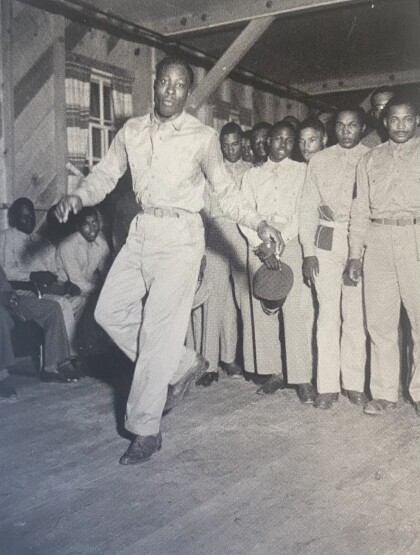
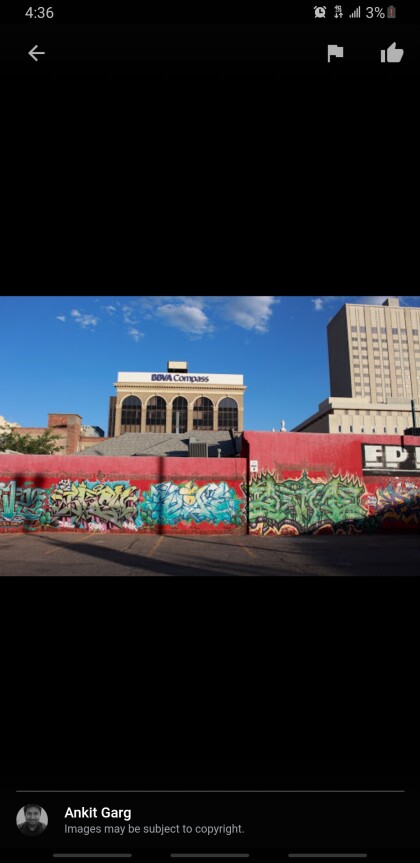
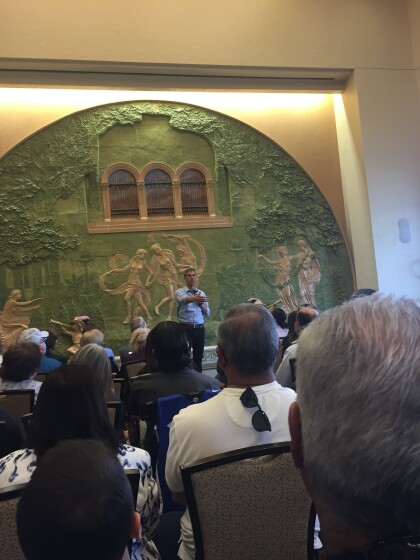



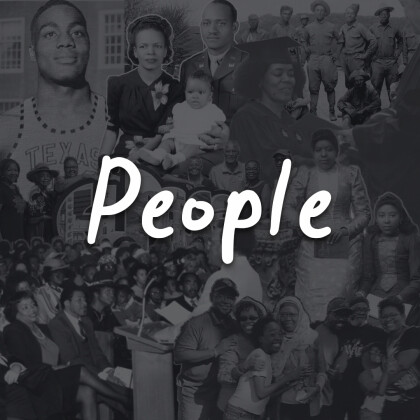
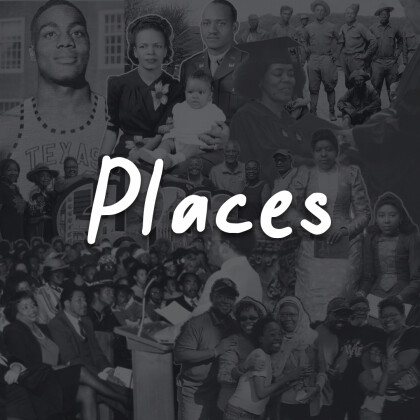


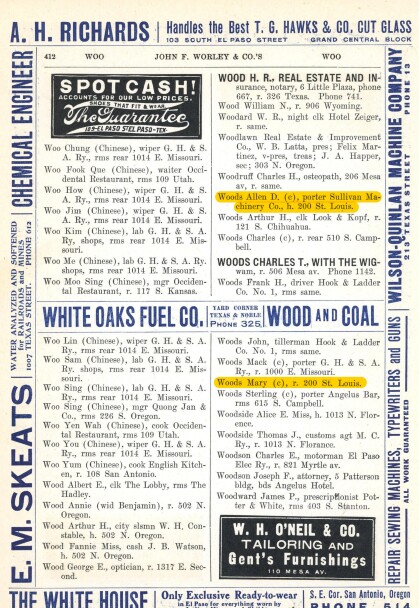
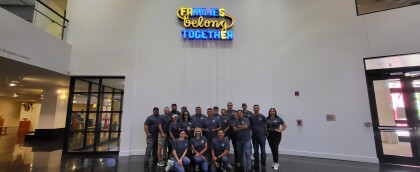
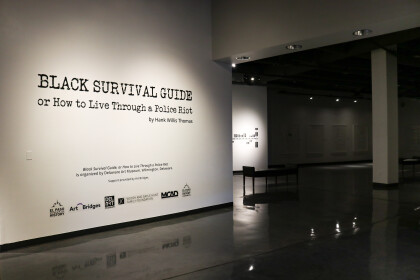
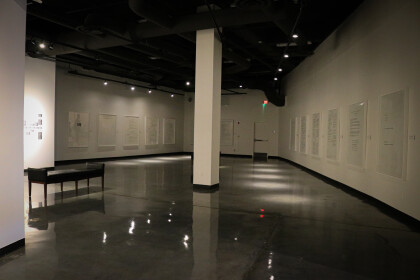
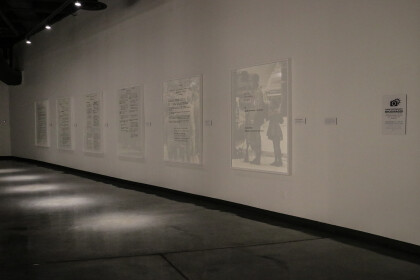
Comments
Add a comment